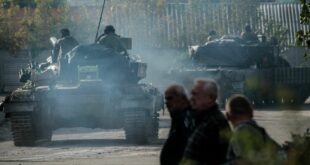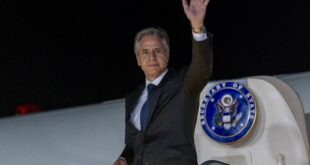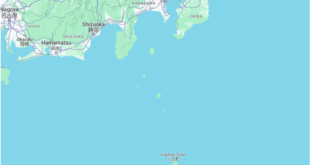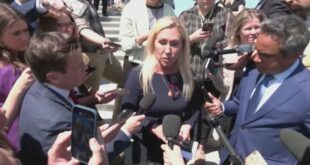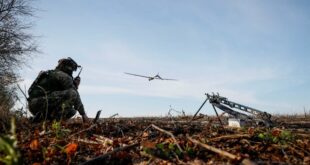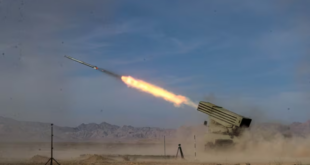COLOMBO: Debt-stricken Sri Lanka, which declared bankruptcy last year, is showing signs of economic improvement but its recovery still faces challenges, the International Monetary Fund (IMF) said on Friday.
The Indian Ocean island nation declared bankruptcy in April 2022 and said it was suspending repayment of its foreign debt. It reached an agreement with the IMF in March on a nearly $3-billion bailout program over four years.
 POSITIVE SIGN A vendor holds currency notes as he sells vegetables at a marketplace in Colombo, Sri Lanka on Thursday, June 1, 2023. The International Monetary Fund reported that the island nation’s economic recovery is showing signs of getting better though it still faces challenges ahead. AP PHOTO
POSITIVE SIGN A vendor holds currency notes as he sells vegetables at a marketplace in Colombo, Sri Lanka on Thursday, June 1, 2023. The International Monetary Fund reported that the island nation’s economic recovery is showing signs of getting better though it still faces challenges ahead. AP PHOTO
“Sri Lanka’s economy is showing tentative signs of improvement, in part due to the implementation of critical policy actions. But the economic recovery remains challenging,” said IMF deputy managing director Kenji Okamura after concluding a visit to Sri Lanka, where he met with the country’s top leaders and officials.
Okamura said he welcomed Sri Lankan authorities’ “strong commitment to implement their ambitious economic program, which is supported by the IMF.”
The IMF previously said Sri Lanka’s economy is expected to resume growing in 2024 after contracting 3 percent this year. The expected economic growth of 1.5 percent next year hinges critically on the economic reforms Sri Lanka has agreed to undertake.
“Now, more than ever, it is essential to continue the reform momentum under strong ownership by both the authorities and the Sri Lankan people,” Okamura said in a statement early Friday.
Sri Lanka’s foreign debt exceeds $51 billion, of which $28 billion must be repaid by 2027. Sri Lanka has now started negotiations with its creditors on debt restructuring.
“The current economic crisis has its genesis in policy missteps aggravated by external shocks. We discussed the importance of fiscal measures, in particular revenue measures, for a return to macroeconomic stability. I was encouraged by the authorities’ commitment to negotiate a debt strategy in a timely and transparent manner. Continued open dialogue with the creditors will help to reach restructuring agreements to restore debt sustainability in line with the program targets,” Okamura said.
Sri Lanka’s economic crisis and resultant shortages of essentials sparked riots last year, forcing then-president Gotabaya Rajapaksa to flee the country and later resign.
Unsustainable debt, a severe balance of payment crisis on top of lingering scars of the Covid-19 pandemic, along with the government’s insistence on spending scarce foreign reserves to prop up the Sri Lankan rupee, led to a severe shortage of foreign currency and essentials such as fuel, medicine, cooking gas and food.
Although there are some signs of progress — with shortages reduced and day-to-day functions restored — under current President Ranil Wickremesinghe, the government is still struggling to find money to pay its employees and conduct other administrative functions.
There has been growing public dissatisfaction over the government’s recent move to increase taxes and electricity bills that came as part of the commitment to obtain the bailout package from the IMF.
The government announced 6-percent cuts in the budgets of each ministry this year and plans to nearly halve the size of the military, which had swelled to more than 200,000 personnel due to a long civil war that ended in 2009.
*****
Credit belongs to : www.manilatimes.net
 Atin Ito First Filipino Community Newspaper in Ontario
Atin Ito First Filipino Community Newspaper in Ontario
